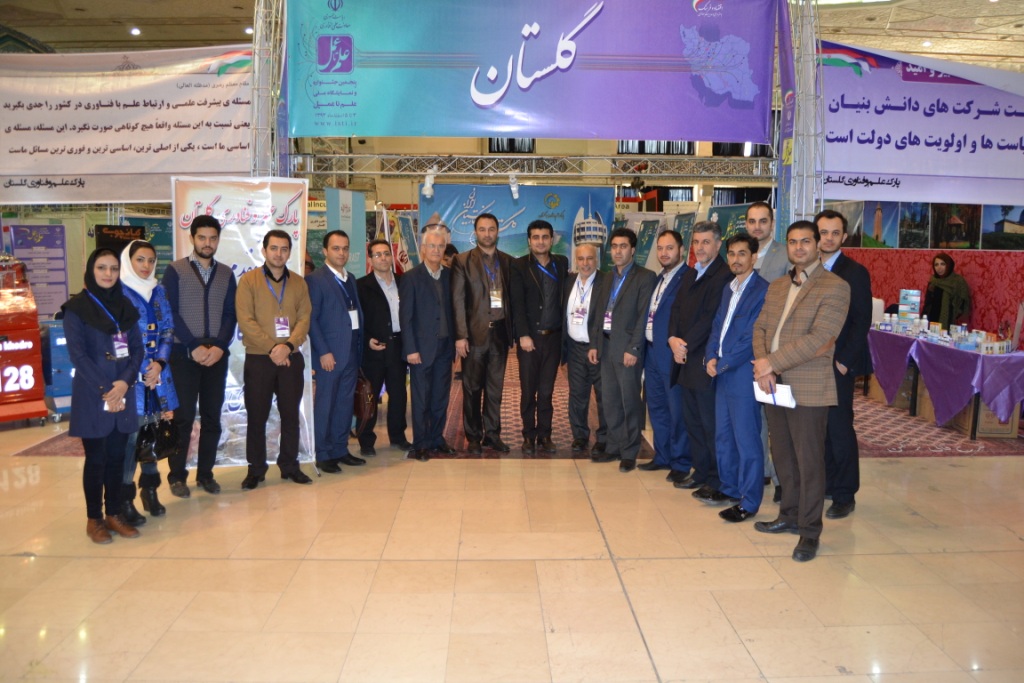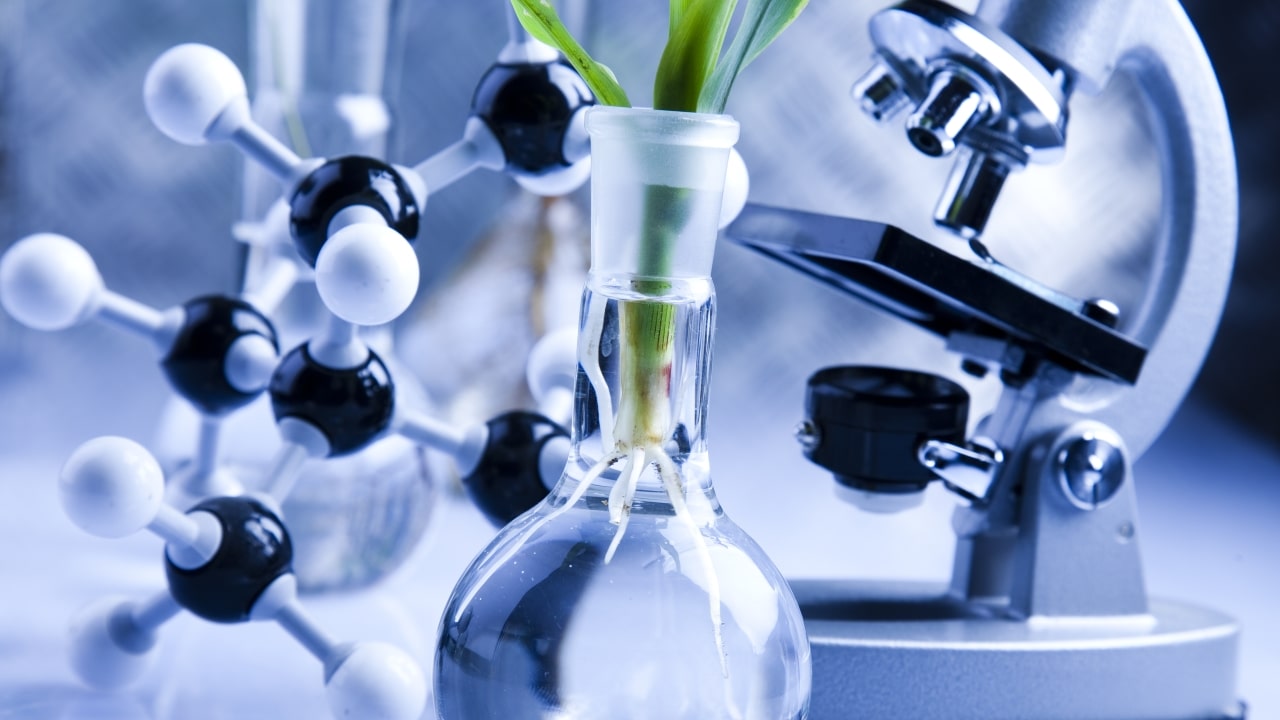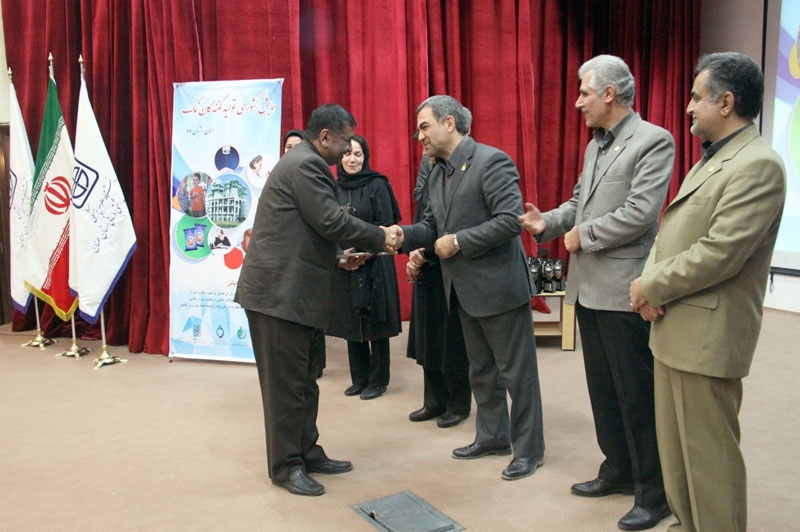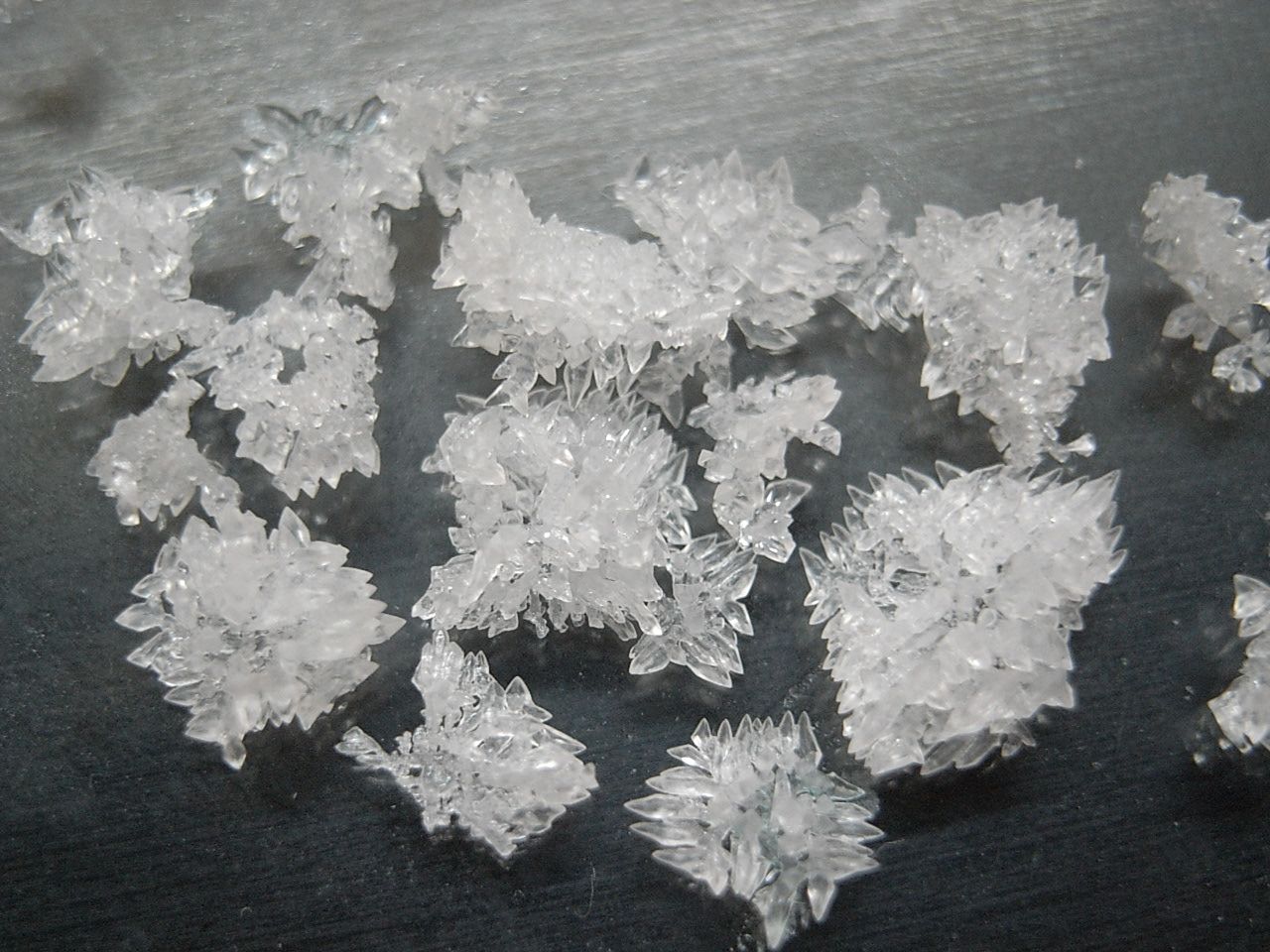Purity according to USP standard should not be less than 99.80% and more than 100.5%.
Non-volatile residue:
Weigh 5 grams of iodine in a china dish and record its exact weight. Then put it under the hood in a water bath until all the iodine evaporates. After finishing this step, place the dish inside it for one hour under the temperature of 105 degrees Celsius.
Then put it inside the desiccator. After it reaches room temperature, weigh it. The remainder should not be more than 0.05% of the initial weight.
Chloride:
Weigh 250 mg of completely powdered iodine and add 10 ml of distilled water to it. Filter it and add dilute sulfuric acid drop by drop (about 1%) to the solution under the filter until the solution becomes colorless.
Add 5 ml of 6 normal ammonia to the solution and then add 5 ml of 0.1 normal silver nitrate drop by drop and slowly. Filter the result and acidify the filtered solution with nitric acid. The turbidity of the resulting solution should not be the same as the turbidity of the solution prepared under the same conditions and reagents from 0.1 ml of 0.02 normal hydrochloric acid, of course, sulfurous acid has been removed from it.
( 0.028% as chloride or 0.0729 ppm as Chloride )
Determining the purity percentage of iodine:
In a small beaker, dissolve 1 gram of potassium iodide in 5 milliliters of water, then weigh about 500 milligrams of completely powdered iodine in a closed Erlenmeyer flask and record its exact weight.
Add the potassium iodide solution to the iodine and close the balloon lid. Shake a little until the yeast is completely dissolved. After complete dissolution, add 50 ml of distilled water and 1 ml of 3 normal hydrochloric acid. Titrate the result with a standardized solution of sodium thiosulfate 0.1 normal. Near the end point, when the color of the iodine solution turns straw yellow, add 3 ml of starch glue indicator. The color of the solution will be dark blue. Continue until the titer solution becomes colorless.
tip: Remember that iodine dissolves much better and faster in concentrated iodide solutions than dilute solutions, that’s why 1 gram of potassium iodide dissolves in only 5 ml of water.
Computing:
Each milliliter of 0.1 normal sodium thiosulfate solution is equivalent to 12.69 mg of iodine.
Cyanide test: (this test is not included in USP)
Add 10 milliliters of water to 1.5 grams of completely powdered iodine, then filter it and wash the filter until the volume of the solution reaches 15 milliliters. Add 0.5 grams of zinc powder to the solution and shake until the solution becomes colorless. Next, filter it and wash it with water until the volume of the solution reaches 20 milliliters.
To 5 ml of this solution, add 0.2 ml of ferrous sulfate (15g/L) and 1 ml of sodium hydroxide (~80g/L). Heat the solution for a few minutes and acidify it with hydrochloric acid (~70g/L).
No blue or green color should be seen.





